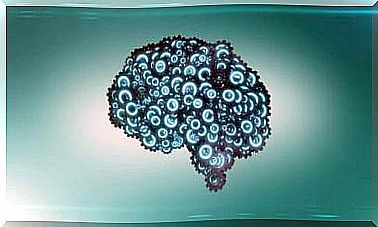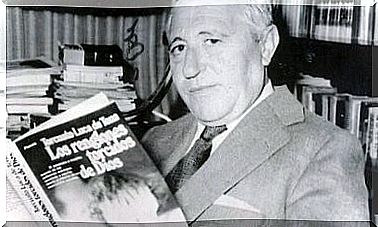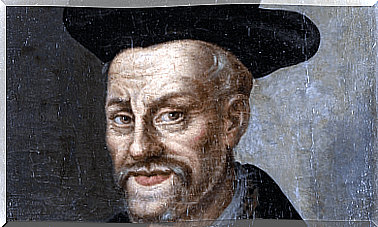Hypatia Of Alexandria: Science And Religion
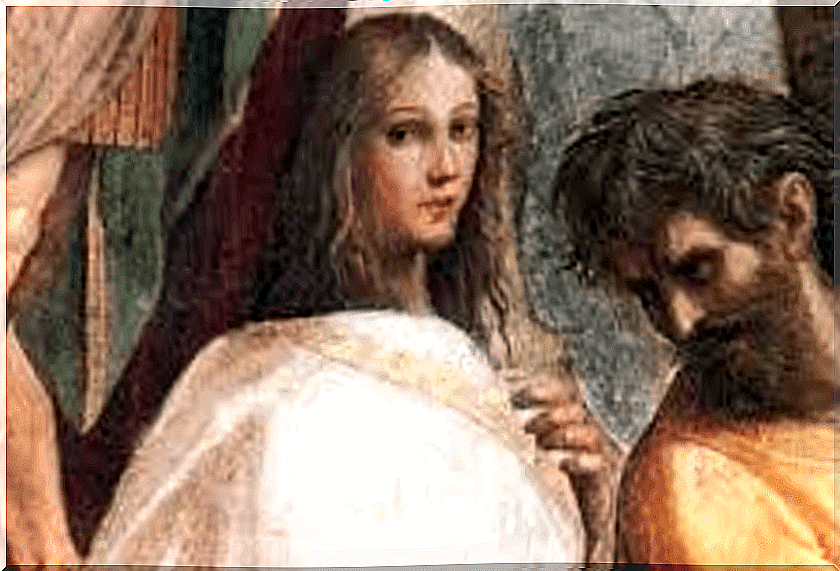
Hypatia of Alexandria was the first philosopher, mathematician and physicist for whose existence there is reliable evidence. She was born in Egypt at the end of the IV century AD. She was a teacher and head of the Neoplatonic school of Alexandria at the beginning of the SV. She cultivated knowledge such as geometry and logic, leading an ascetic life as established by the Neoplatonic precepts.
She was a teacher and educator of a select school of aristocrats, Christians and pagans, who ended up occupying high positions in Alexandrian society. This is how he became a figure with great social influence, the target of the envy of many.
Among his scientific achievements are to improve those primitive astrolabs that were used to determine the location of the stars in the celestial vault. In addition, he invented a density meter, an instrument used to determine the relative density of liquids without the need for complex mathematical calculations.
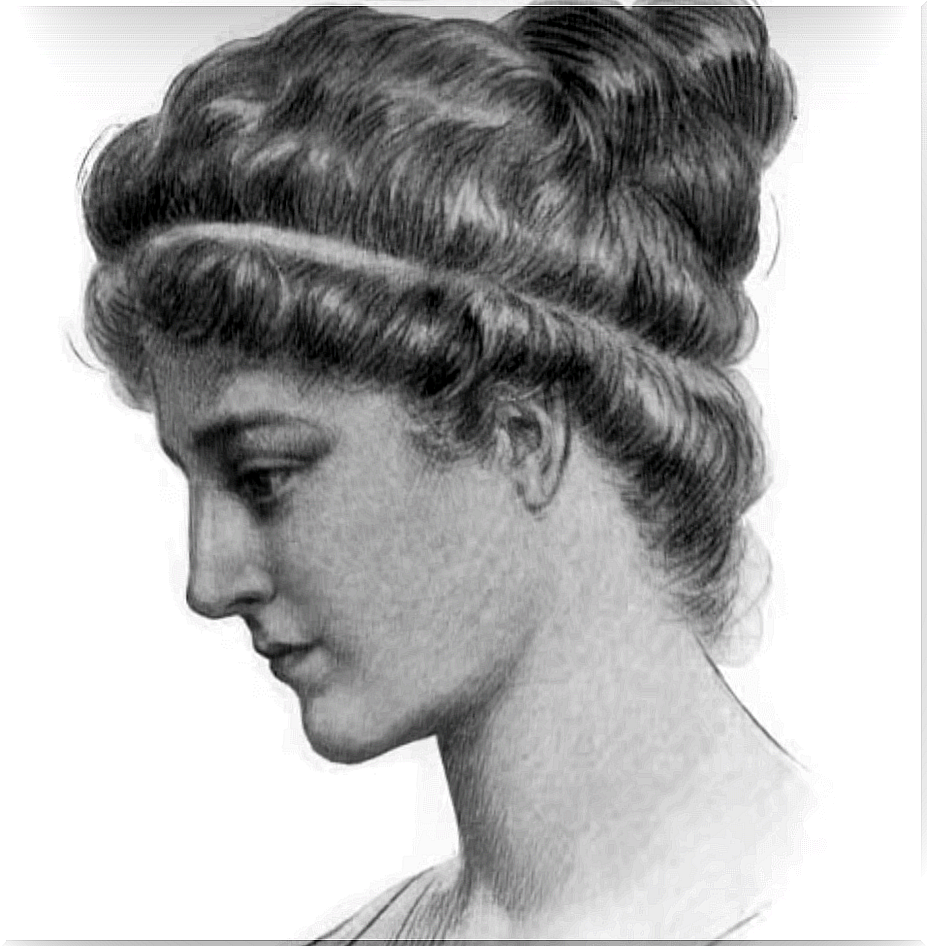
Christians and pagans, science and religion
Alexandria was the nuclear headquarters of a bloody civil war between Christians and pagans. The highest representative of Christianity, the patriarch Theophilus, wanted to put an end to any non-Christian religious cult (paganism in any of its forms). On the other hand, the intellectual elite supported the defenders of the pagan temple; all the philosophers who defended paganism left Alexandria in order to save their lives.
However, Hypatia, who considered that philosophy, science and mathematics are very far from political and religious disputes, continued teaching as if all that internal war was not with her. In fact, until then, no one had bothered her, perhaps thanks to her neutral position on the issue.
But when the patriarch Theophilus is succeeded by Cyril, much more implacable, the level of persecution against everything that is not Christian increases. This time, Hypatia cannot stay out of the disputes and takes the side of Orestes, the imperial delegate whose function was firmness and state order. After all, Hypatia feels represented with everything traditional, with the Aristotelian Greek polis where religion is only a part of politics and not the other way around. His idea was that religious authority should be subordinated to politics and citizen welfare and not the other way around.
Until then Hypatia – giving classes to the Alexandrian elite in which “pagans” and Christians came together – had been living proof that Christianity was compatible with the rest of philosophical and religious ideas. There are sources that say that people from all sectors and classes admired her. Well, of almost all, since there is an irreducible sect of fanatical Christians who do not want it in their city; on the other hand, its influence reaches the lower strata, but in a much more attenuated way than religion.
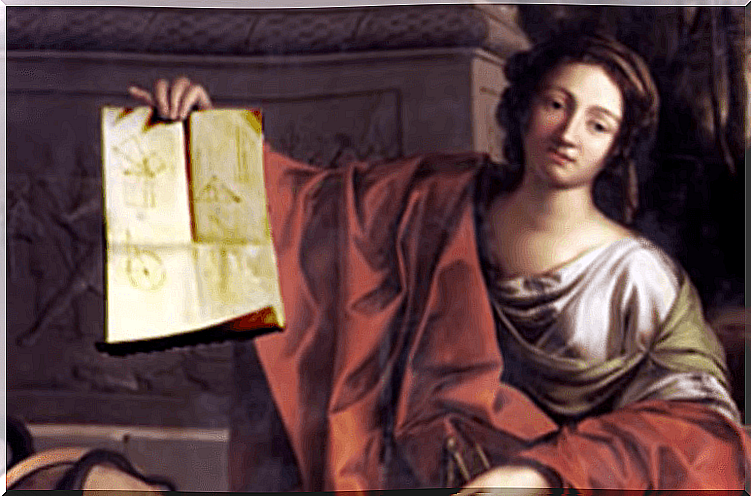
Hypatia “the pagan” and “the witch”
Hypatia was known to Christians as “the pagan.” It was not difficult to spread rumors about the witchcraft condition of this scientist. To the illiterate, mathematical signs seemed like invocations to the devil, and astronomy was easy to confuse with astrology. Suddenly, Hypatia of Alexandria had become a wicked witch.
One day in March of the year 415, during Lent, Hypatia returns home in her carriage. Suddenly, a crowd attacks her, takes her out of the car and takes her to the church of Caesarion. It is there that Hypatia is skinned alive with pieces of pottery that are fervidly ripped from the walls. After this, they burn the remains in a bonfire.
This murder is clearly religious, political and philosophical: philosophical because Hypatia defends dialogue and reason against fanatical faith. Political because he believes that religion must be in revolt against politics and religious because Hypatia of Alexandria is perhaps the most painful representation of the cultural battle between paganism and Christianity.

